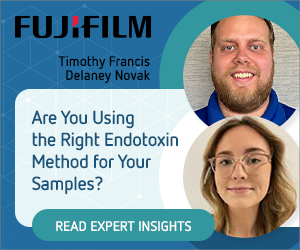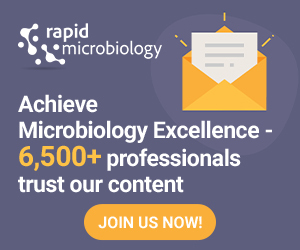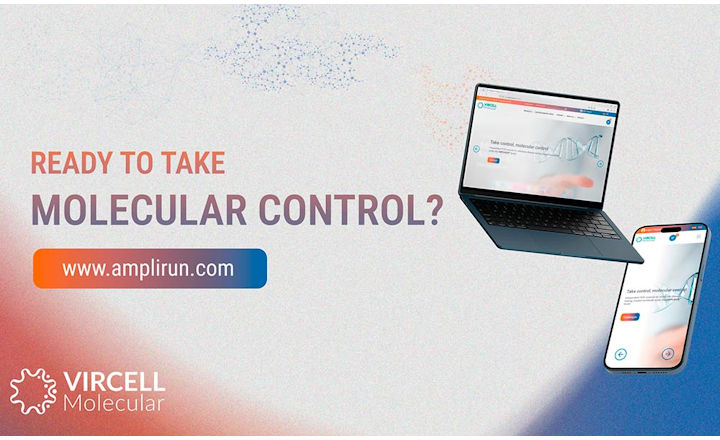The Clinical and Laboratory Standards Institute (CLSI) has released an updated edition of Nucleic Acid Sequencing Methods in Diagnostic Laboratory Medicine; Approved Guideline—Second Edition (MM09-A2) and published a new document entitled Microarrays for Diagnosis and Monitoring of Infectious Diseases; Approved Guideline (MM22-A).
MM09-A2 addresses diagnostic sequencing using both automated capillary-based sequencers and massively parallel sequencing instruments. Topics in this guideline include specimen collection and handling; isolation and extraction of nucleic acid; template preparation; sequence generation, alignment, and assembly; validation and verification; ongoing quality assurance; and reporting results.
This revised guideline provides information for clinical laboratories about the recent and significant advances in clinical diagnostic sequencing. The document describes a broad range of sequencing technologies that are now available, including massively parallel sequencing.
“Whereas the original guideline primarily focused on Sanger sequencing, this revision provides insights to a broad range of sequencing technologies now available. It provides knowledgeable and current laboratory professionals’ insights to the benefits, limitations, and challenges associated with the selection, validation, verification, and use of these different technologies in the clinical environment,” note MM09-A document Co-Chairholders Thomas J. Lenk, PhD, of Celera Diagnostics in Alameda, California, USA, and Ira M. Lubin, PhD, FACMG, of the Centers for Disease Control and Prevention in Atlanta, Georgia, USA. “The sections on validation, quality assurance and quality control, and reporting of results have been significantly expanded in this version.
MM22-A is a new guideline that focuses on the use of nucleic acid microarrays in microbiology and immunology laboratories. It provides detailed recommendations for assay performance validation and verification processes unique to microarrays, and includes recommended target types and numbers for diagnosis and monitoring of infectious diseases. This document contains information necessary for clinical laboratories performing qualitative, multiplexed nucleic acid-based testing, which includes, but is not limited to, bacteriology, mycobacteriology, mycology, parasitology, and virology.
This document helps users select and validate commercially available microarray-based diagnostic devices and assays. “Several commercial products are available in the market, and some of them have achieved regulatory agency clearance,” notes MM22-A document Co-Chairholder Yi-Wei Tang, MD, PhD, of Memorial Sloan Kettering Cancer Center in New York, New York, USA.
“MM22 will be a great resource for the laboratory on how to approach and plan for the implementation of a highly multiplexed array system for microbiology,” added MM22-A document Co-Chairholder Sherry A. Dunbar, PhD, Director of Scientific Affairs at the Luminex Corporation in Austin, Texas, USA. “It provides recommendations for developing validation and verification protocols specific to microarrays, including samples per target and pooling strategies to cover all the features present in the array.”
This new document provides guidance for the laboratory development and use of qualitative nucleic acid microarray methods for the diagnosis and monitoring of infectious diseases. It also presents recommendations for validation and verification, quality control, and interpretation of results.























